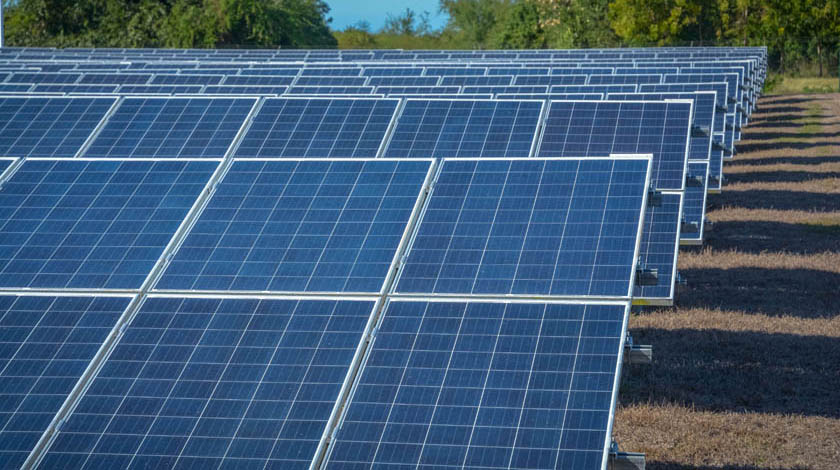
Just over 40 water pumping stations in Las Tunas have been transformed as a result of the change in the energy matrix, a reality that is still far from the goal of the Aqueduct and Sewerage Company to achieve the installation of ecological technologies in some 146.
Las Tunas, Cuba- The necessary metamorphosis reaches electric pumps with demands of less than 10 kilowatts (kW) and intends to extend them to 30 kW, in a second instance, which will benefit the eight municipal heads of the province, said to the Cuban News Agency (ACN) Oscar Carralero Suárez, the director of the entity.
Although some thirty solar-powered systems are in the process of installation, it is still not enough; we have had significant delays in the arrival of key pieces that make it impossible to install the photovoltaic technology and force us to continue using the modules already in place, Carralero Suárez specified.
Liliana Barea Alarcón, technical director of the provincial delegation of the National Institute of Hydraulic Resources (INRH, by its Spanish acronym), exclusively told ACN that the main deficiencies are caused by the damage of the water treatment plants after various calendars of exploitation, making visible the technical deterioration and the need for total changes that allow the current demand.
Alternatives are being sought to continue the supply, but the actions are subject to constant breakdowns and failures, which causes more than six thousand inhabitants to suffer from a lack of regular water supply since it does not reach the upper areas of the city and the use of tank trucks is the only solution in certain circumstances, assured the specialist.
Carralero Suárez pointed out that the country plans to acquire equipment for the stations of Piedra Hueca, Cayojo, and El Rincón, the three main sources of supply for the population of the city of Las Tunas; but the credit approved for these purposes by the Organization of Petroleum Exporting Countries (OPEC) has been frozen since 2020, one of the causes that has delayed having new technologies.
With the energy revolution aimed at saving electricity in Cuba, in 2007, Las Tunas achieved innovation in all its parts and components, which had a positive impact on the supply of the liquid to the various districts and municipalities of the “Balcony of Eastern Cuba,” one of the most affected by drought, reporting an average rainfall of 1,038 millimeters per year.





